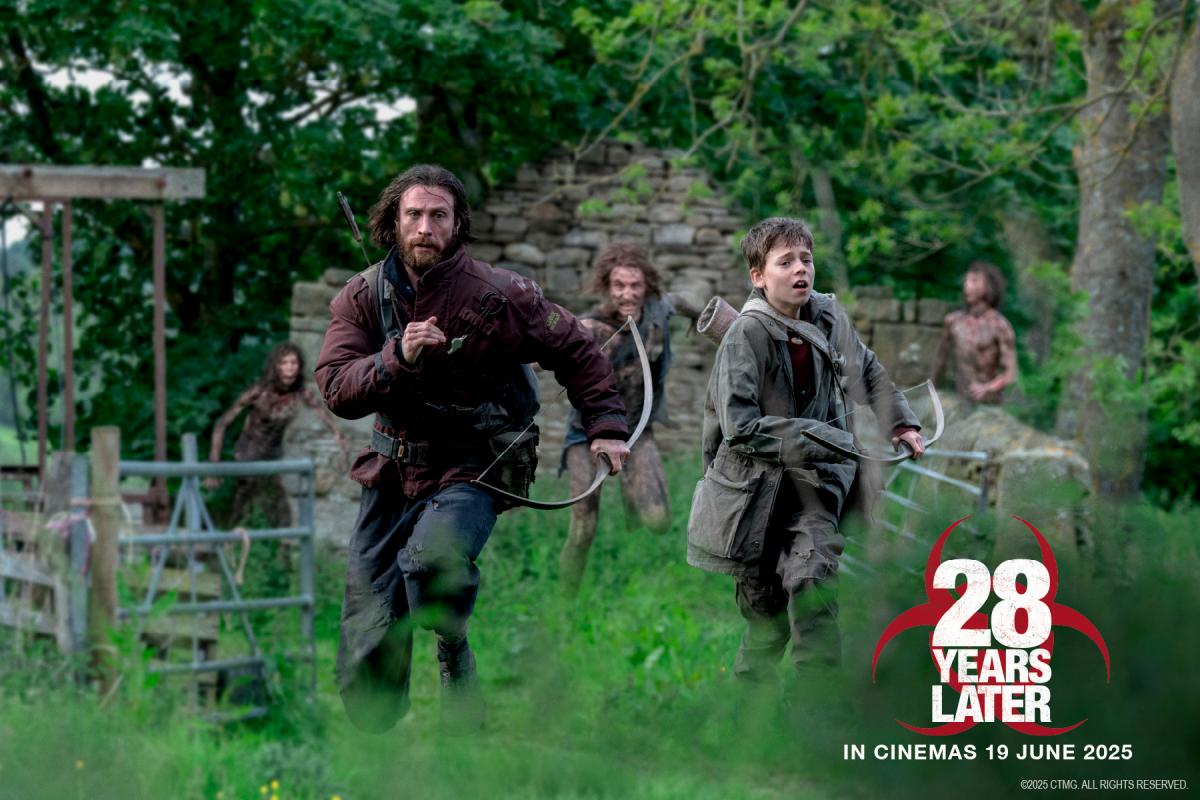DANNY Boyle and Alex Garland are back and they have brought all the strange, cerebral horror fans could hope for. The long-awaited third instalment in the iconic zombie franchise, 28 Years Later, does not just revisit the blood-soaked wastelands of Britain, it digs deeper, spirals weirder and challenges expectations at every turn. It is a bold, experimental continuation that leans fully into its “auteur horror” label, daring audiences to either embrace its oddities or be repulsed by them.
While die-hard fans of the franchise will likely find it to be a grimly satisfying evolution of the series, the film treads on shaky ground for casual horror-goers. It is intense, moody and often emotionally jarring. Viewers looking for a more traditional zombie-screamer might walk away either overstimulated or confused. But for those open to a horror film with brains, teeth and a heavy dose of artistic flair, 28 Years Later is a twisted gift worth unwrapping.
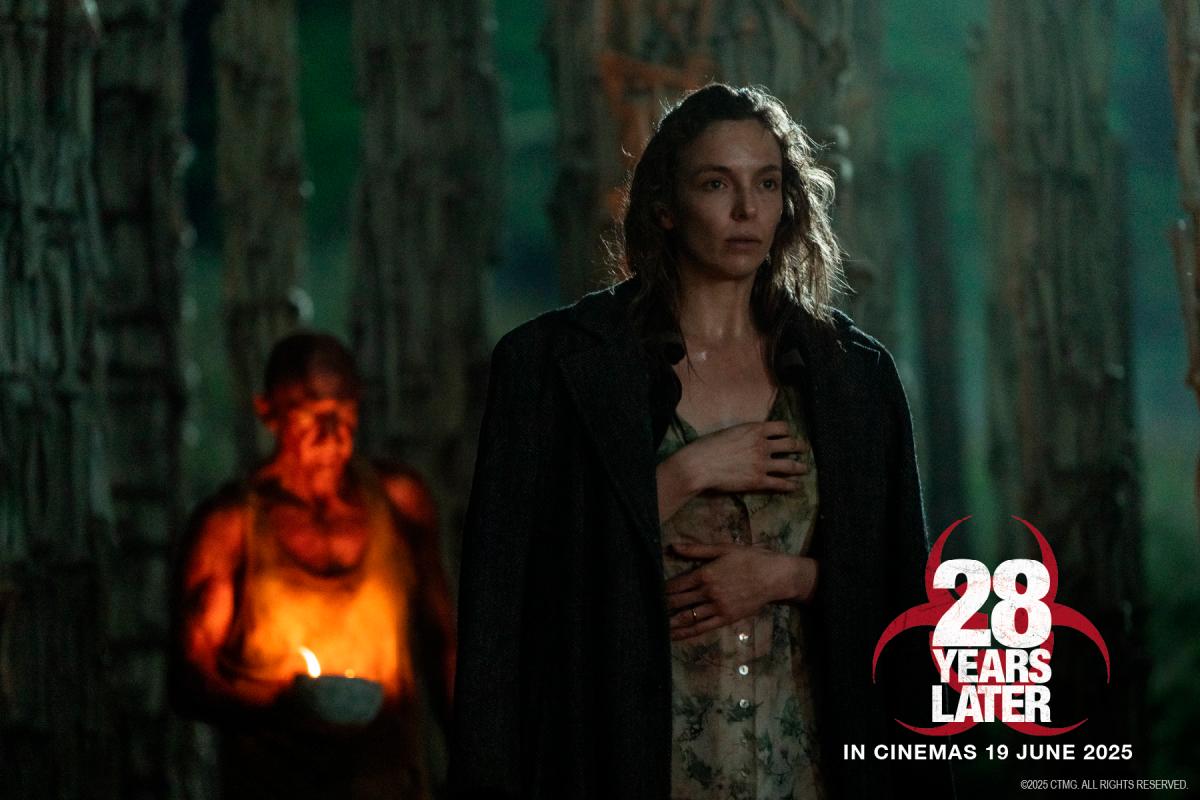
Strange evolution, familiar bones
Much like its predecessors, 28 Years Later drops audiences into a world that feels unnervingly lived-in. The post-apocalyptic setting is no longer about the collapse of society, it is about what rises after the ashes have cooled. The film does not just revisit the Rage Virus, it stretches its mythology, contorting it into something more philosophical, more human and yes, more bizarre.
This is not a rehash of 28 Days Later’s panic-driven survival tale or 28 Weeks Later’s militarised disaster. Instead, the third film opts for something more introspective. It is a coming-of-age journey marinated in dread, loss and mutated morality. There is a dreamy melancholy laced through its blood-streaked chaos, making it less about adrenaline and more about existential rot.
Yet, it is all undeniably 28. From the washed-out visuals to the staccato editing, the DNA of the franchise remains intact. Boyle’s return to the director’s chair brings a renewed sense of purpose, aided by Garland’s script that seems to both question and celebrate everything the franchise has built so far.
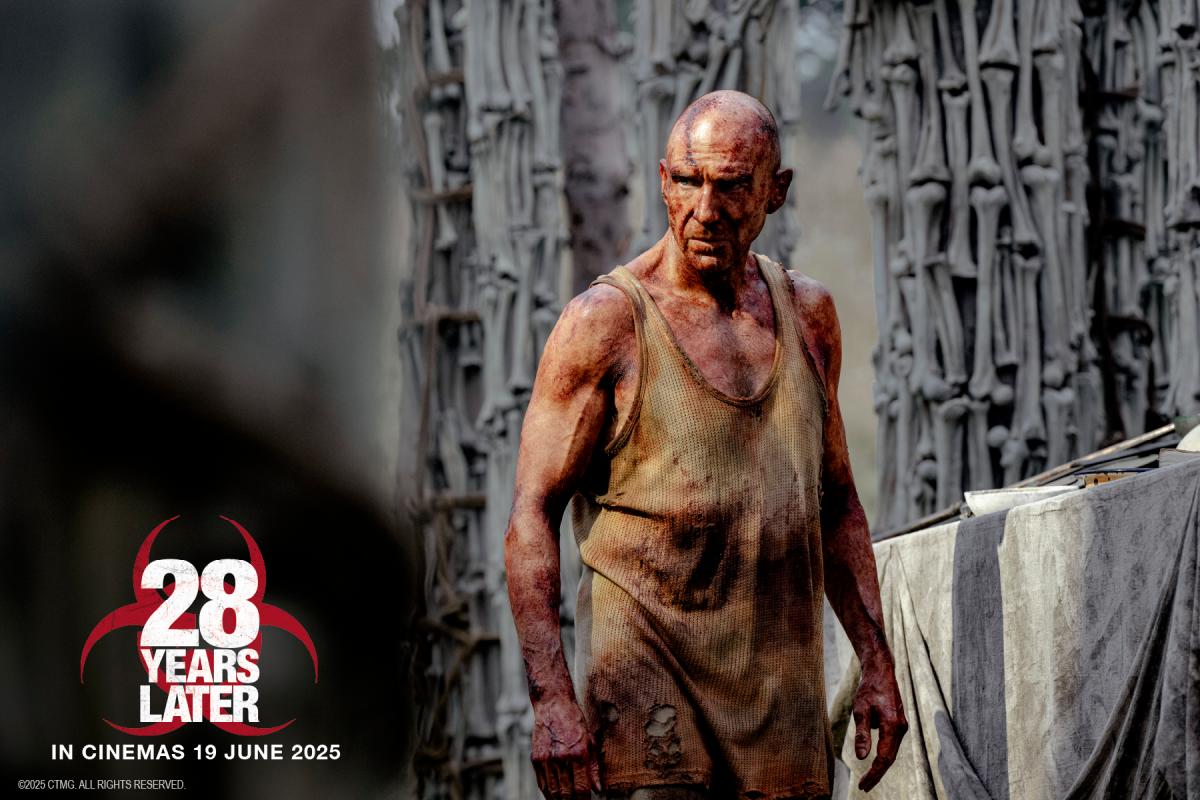
Surrealistic performances
The cast delivers performances that are equally committed and confounding. Alfie Williams makes a striking feature debut, bringing raw intensity and surprising depth to a role that shoulders much of the film’s emotional weight. Jodie Comer and Aaron Taylor-Johnson, playing deeply damaged survivors, strike a balance between grounded desperation and eerie detachment. Ralph Fiennes, meanwhile, floats through the film like a ghost made of poetry and dread, his presence unforgettable, even when the plot around him shifts into surreal territory.
However, the acting style throughout the film is far from conventional. Some scenes simmer with brilliant subtlety, while others veer into theatrical extremes. It is a stylistic choice that would not resonate with everyone, especially those expecting straight-laced dramatic horror. But for viewers willing to lean into the oddity of it all, the performances feel like fitting puzzle pieces in a world that has gone morally sideways.
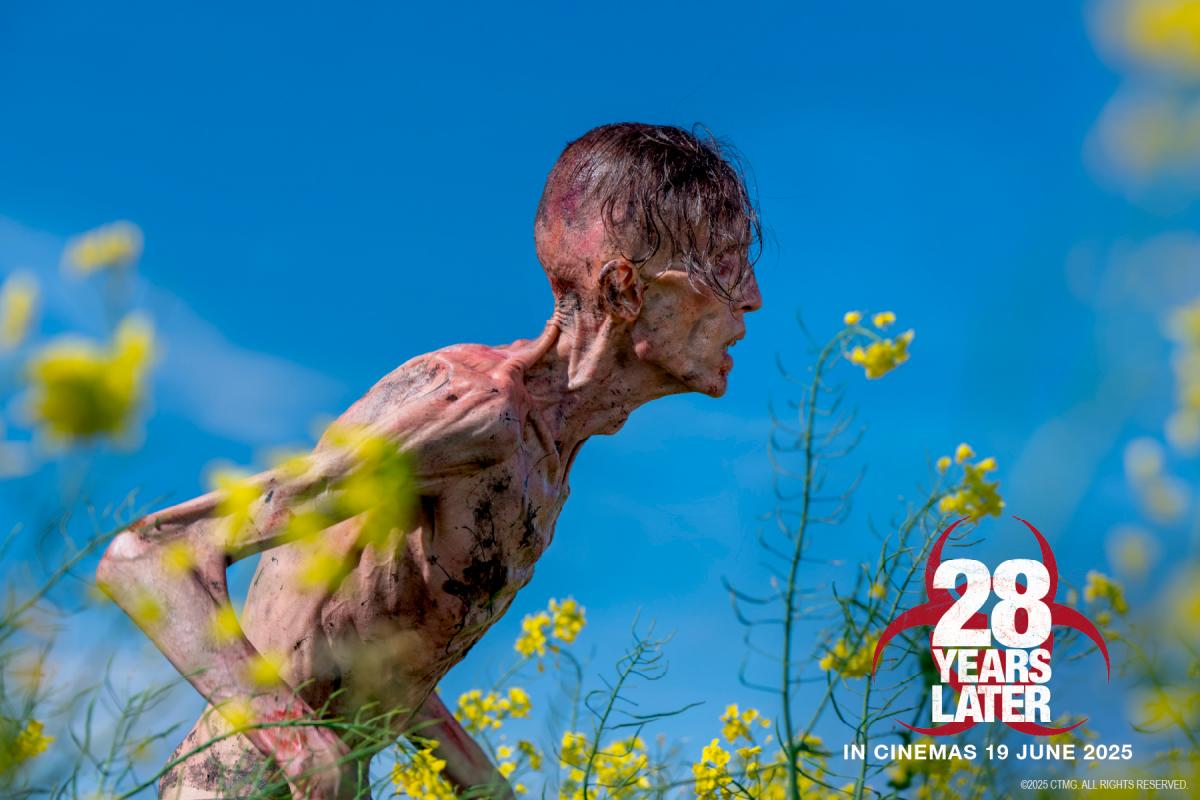
Death, decay and dread
Where 28 Years Later truly excels is in its makeup, creature effects and extras. The infected are as terrifying as ever, but this time they have evolved not just in behaviour, but in appearance. The practical effects team deserves major credit for creating a fresh visual language of fear. Mutated forms, sunken eyes, grotesque smears of blood and grime, it is all rendered with meticulous care, walking a tightrope between grotesque realism and stylised horror.
Even the infected extras bring their A-game. Each one feels like a character in their own right, not just background shriekers. Their choreography, movement and expressions add immersive weight to every encounter. No one is simply “there”. Everyone contributes to the creeping dread.
The film’s locations are equally impressive. Abandoned chapels, mist-covered islands and decaying cottages feel ripped straight from nightmares. The production design leans into quiet horror, using silence and space as much as gore and noise. There is an uncanny beauty to the world rotting, but still hauntingly alive.
Psychologically disturbing
Here is the cold, hard truth – 28 Years Later is not for everyone. Some audiences may find the plot too slow, the symbolism too heavy, or the performances too unorthodox. Others might expect more action, more concrete answers, or a clearer villain. Instead, what they will get is a story that leans heavily into ambiguity, discomfort and long silences interrupted by sudden violence.
It is a film best watched with the mindset that horror is not always about body count or jump scares. Sometimes, it is about feeling disturbed in ways that are hard to explain. This is especially true for those unfamiliar with the previous films. Newcomers may find themselves disoriented or emotionally detached from the narrative, not because it is poorly made, but because it asks for a level of patience and psychological investment that not everyone wants from a horror flick.
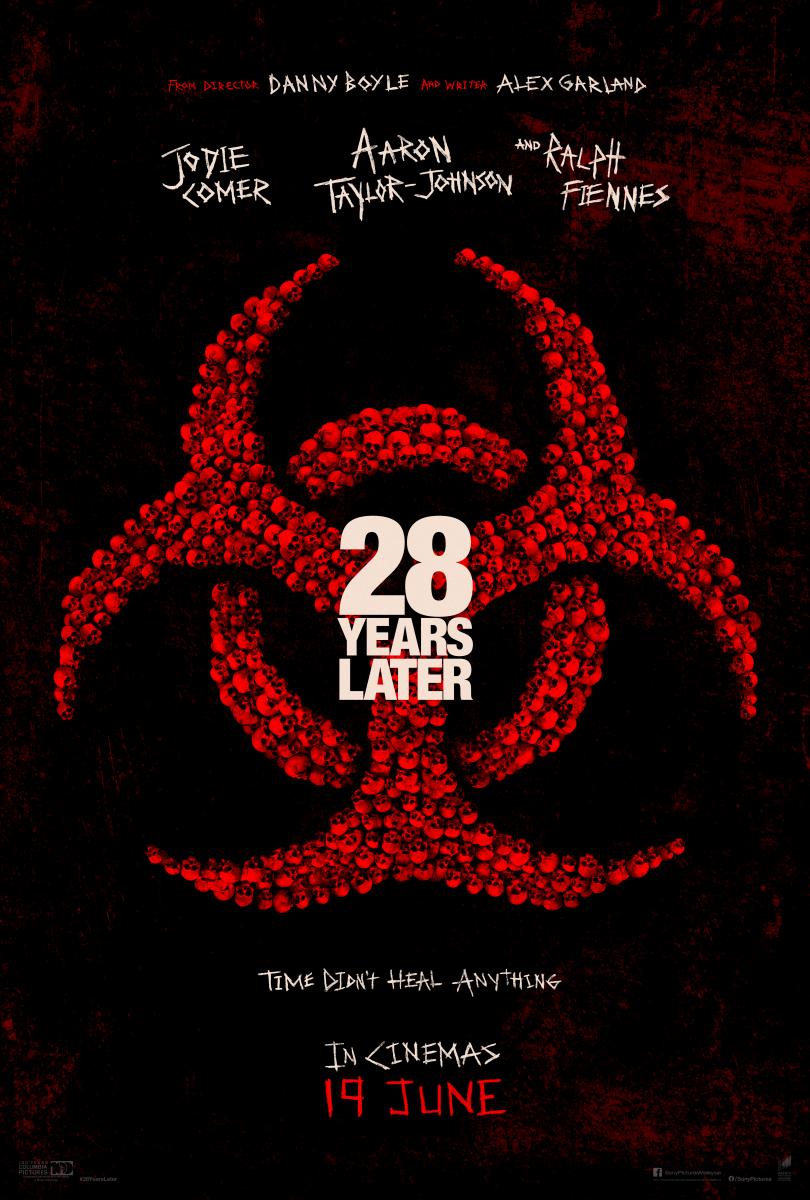
Strangely unsettling
28 Years Later is a rare horror sequel that respects its past while fearlessly forging a new path. It is bizarre, bold and often brilliant but also unapologetically divisive. For those who can accept the weirdness and lean into the emotional murk, it is a fascinating exploration of what horror cinema can be in the hands of artists unafraid to go off-script.
The film may not deliver the clean thrills or mainstream polish some expect from modern horror, but that is exactly the point. In a genre often reduced to formula, 28 Years Later stands as a defiant reminder that there is still room for the strange, the slow-burn and the sincerely unsettling.
It is a haunting, artful continuation of the 28 saga that may alienate newcomers but rewards the faithful. Beautifully shot, grotesquely made-up and acted with fearless commitment, this is horror that crawls under the skin, stays in the brain and leaves behind a little infection of its own.
DIRECTOR: Danny Boyle
CAST: Alfie Williams, Aaron Taylor-Johnson, Jodie Comer, Ralph Fiennes, Christopher Fulford
E-VALUE: 7/10
PLOT: 7/10
ACTING: 8/10



